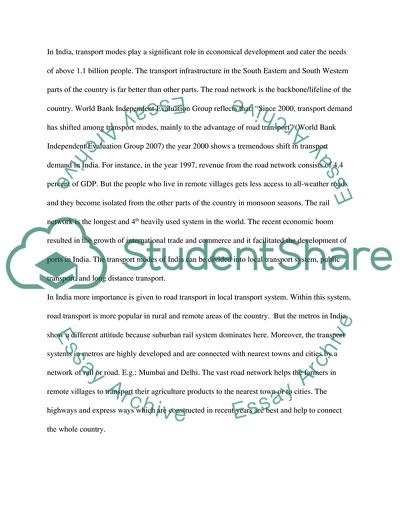Cite this document
(“The Characteristics of Main Modes of Transport in India and Australia Assignment”, n.d.)
The Characteristics of Main Modes of Transport in India and Australia Assignment. Retrieved from https://studentshare.org/politics/1553040-the-development-of-transport-modes-in-different-nations
The Characteristics of Main Modes of Transport in India and Australia Assignment. Retrieved from https://studentshare.org/politics/1553040-the-development-of-transport-modes-in-different-nations
(The Characteristics of Main Modes of Transport in India and Australia Assignment)
The Characteristics of Main Modes of Transport in India and Australia Assignment. https://studentshare.org/politics/1553040-the-development-of-transport-modes-in-different-nations.
The Characteristics of Main Modes of Transport in India and Australia Assignment. https://studentshare.org/politics/1553040-the-development-of-transport-modes-in-different-nations.
“The Characteristics of Main Modes of Transport in India and Australia Assignment”, n.d. https://studentshare.org/politics/1553040-the-development-of-transport-modes-in-different-nations.


